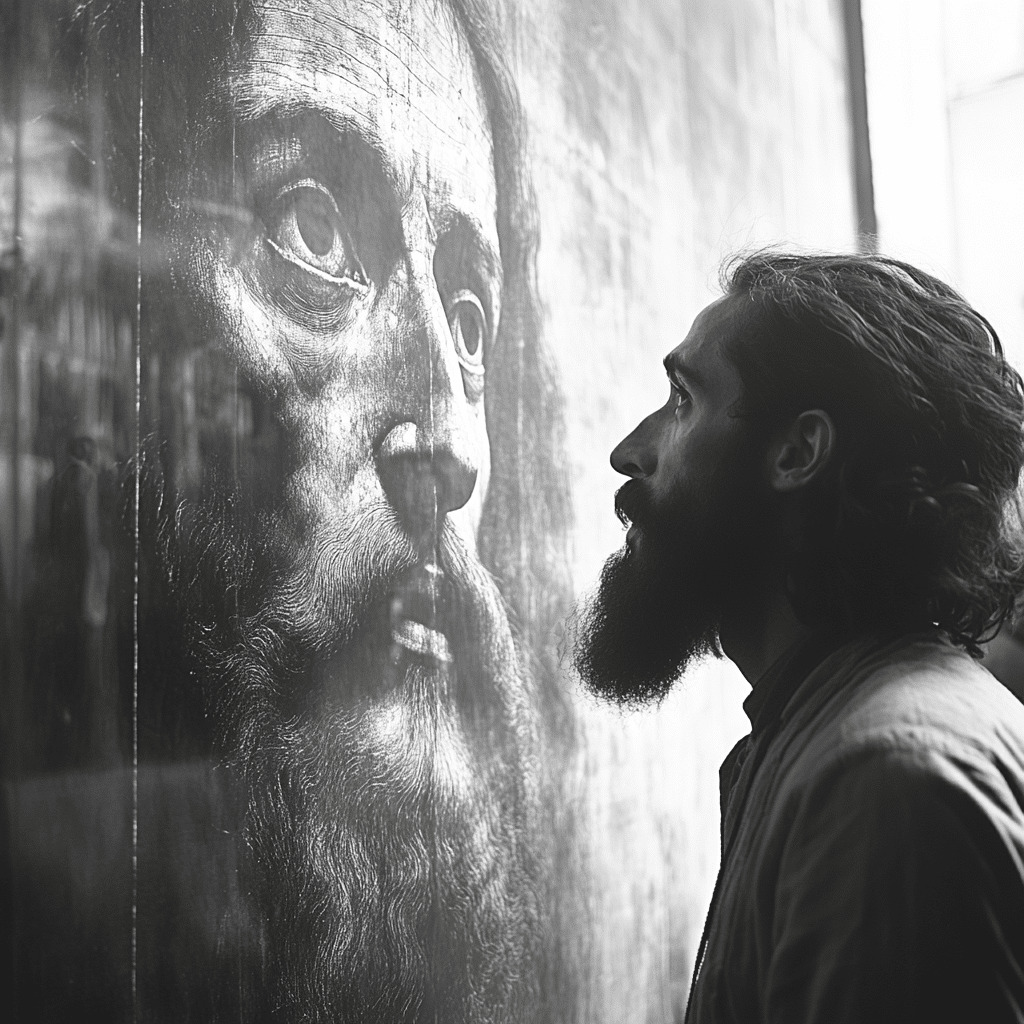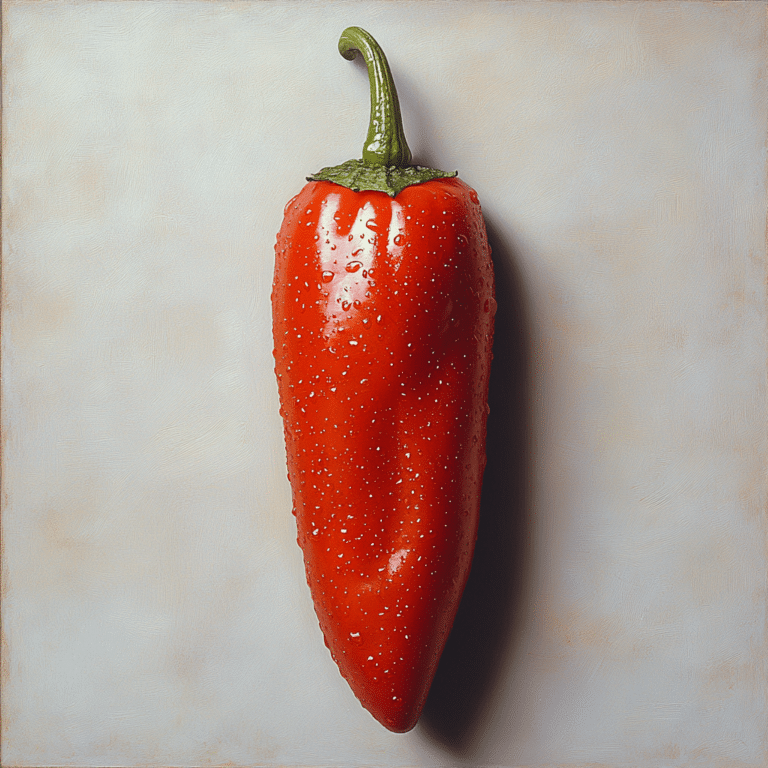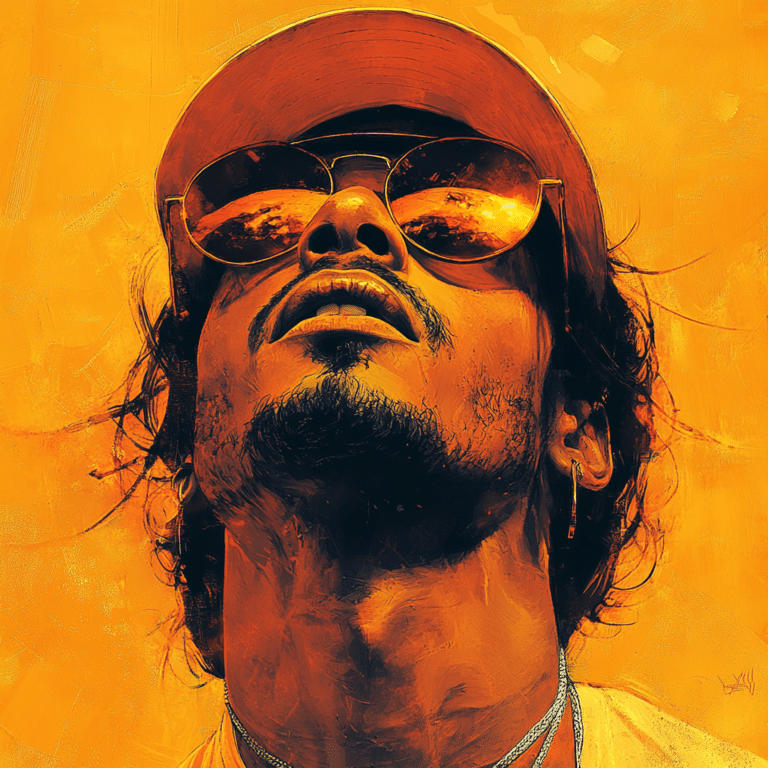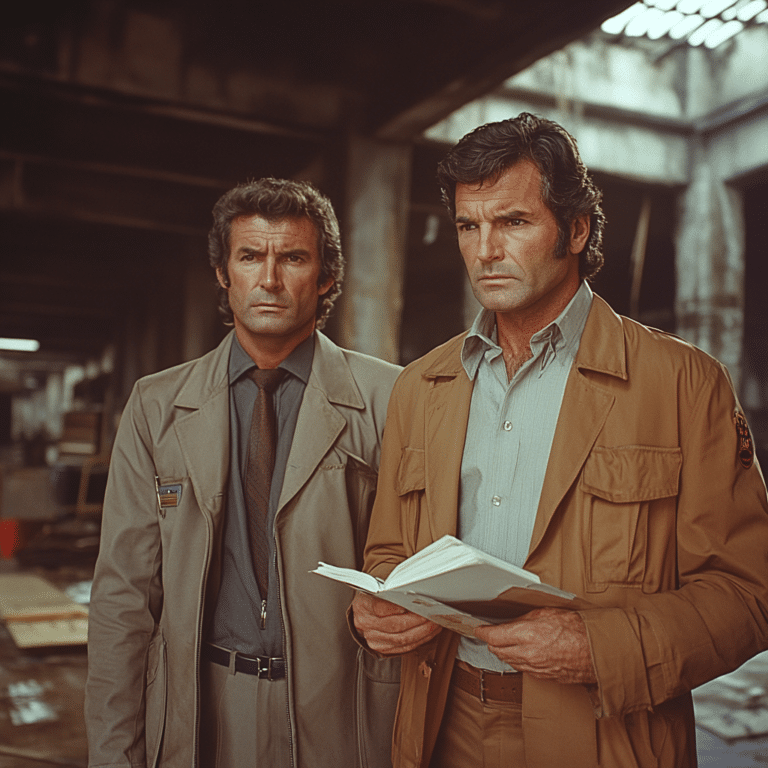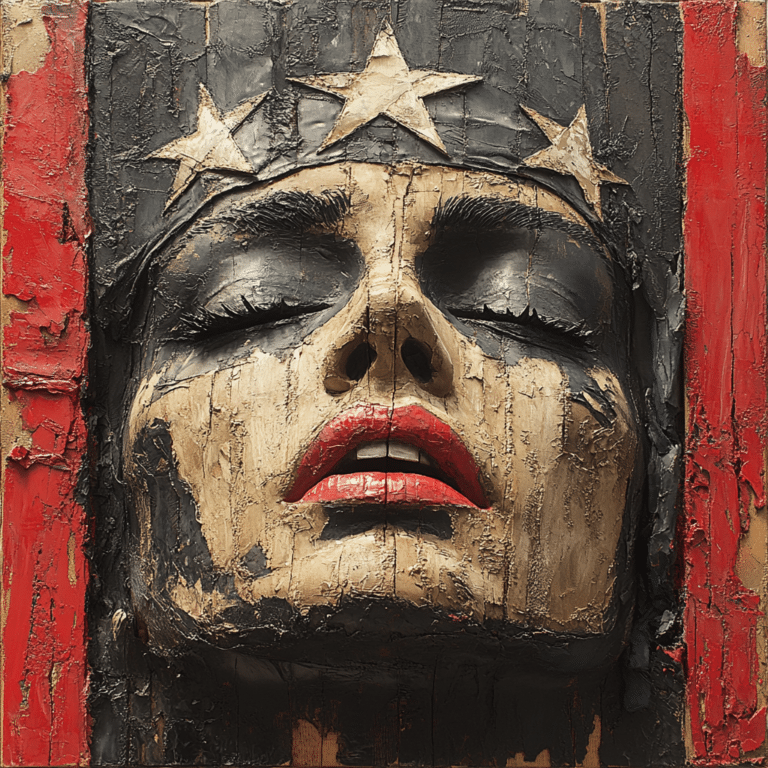The Shroud of Turin is not just a piece of cloth; it’s a historical artifact that evokes passionate debate among skeptics and believers alike. Housed in the Cathedral of St. John the Baptist in Turin, Italy, this centuries-old linen is believed by many to be the burial shroud of Jesus Christ. With its eerie, faint image of a crucified man, the shroud captivates the imagination—drawing everyone from devout followers to intrepid researchers. Let’s delve into the captivating history and research surrounding the Shroud of Turin and uncover why it continues to mesmerize generations.
1. The Shroud of Turin: A Brief Overview of Its Origins
The Shroud of Turin’s story begins in the 14th century when its first documented appearance traces back to 1354. It was presented to an influential cleric inLirey, France, by a knight named Geoffroi de Charny. This knight claimed it to be the very burial cloth of Jesus, fueling controversy and debate that echo through history. While many critics argue that the shroud is a medieval forgery, intriguing pieces of evidence suggest that it could date back much further than the Middle Ages.
Scholars and historians examine various accounts and testimonies that hint at the shroud’s presence long before its official recognition. Some believe it may even have existed around the time of Christ, spanning a history that records meticulous details of its journey across Europe. In modern times, DNA extracted from dust particles vacuumed from the shroud has revealed sequences that connect to a variety of plant species and human mtDNA haplogroups, further stirring discussions surrounding its authenticity.
Regardless of opinions, the Shroud of Turin holds a central position in the Christian faith. It’s vital to remember that, while the shroud is regarded as a remarkable relic, it remains a topic of faith rather than an established dogma. Notable popes, including the beloved Pope John Paul II, acknowledged its significance as a relic, reminding us of the sacrifices made throughout history for our faith.
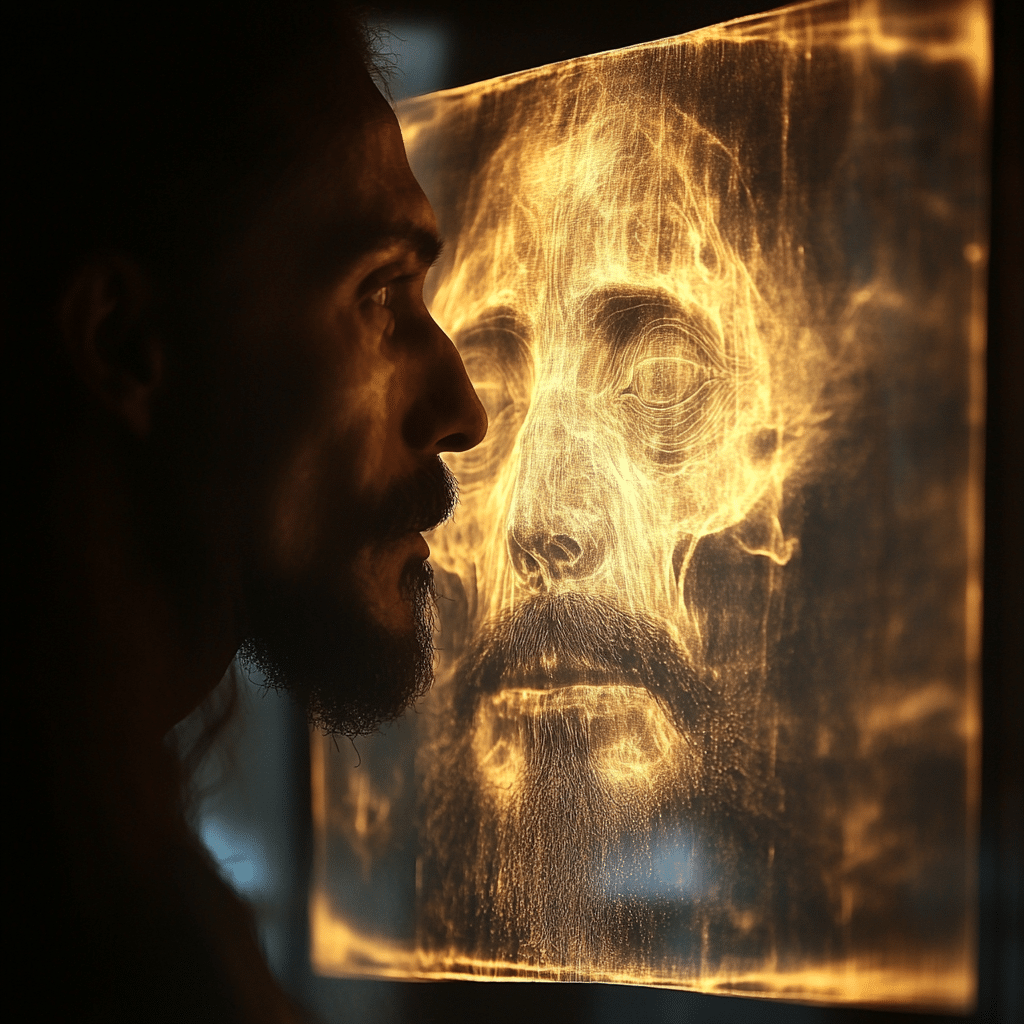
2. Top 5 Fascinating Findings About the Shroud of Turin
Fascination with the Shroud of Turin isn’t just folklore; it’s bolstered by explicit research and scientific inquiry. Let’s take a closer look at some remarkable discoveries that suggest its profound historic significance.
2.1. The Image Formation: Unsolved Science
At the crux of the shroud’s mystery lies the question: how did the image get there? Baffling researchers for decades, the shroud showcases a three-dimensional negative image that could not be appreciated until the invention of modern photography. This perplexing phenomenon raises eyebrows, with skeptics asking how such a technique could exist in medieval times.
With thousands of hours of investigation, experts propose that the image may have originated from a burst of energy, and numerous theories have attempted to decode this enigma. Every new study seeks to unravel the scientific complexities, pitting believers against skeptics in riveting intellectual battles. The question remains: could this be evidence of something divine?
2.2. Bloodstains and Their Forensic Implications
Blood analysis performed on the shroud’s fabric presents compelling evidence supporting its historical claims. Notably, forensic scientists, including Dr. Alan Whanger, have examined these bloodstains and found them consistent with the wounds expected from a crucifixion. This intriguing forensic documentation lays the groundwork for asserting that the shroud potentially wrapped a human historically associated with Christ’s suffering.
The bright-red color of the stains visible on the cloth also correlates with exposure to ultraviolet rays, reiterating the shroud’s antiquity. Scientific evaluations suggest these valuable insights bolster the argument that the Shroud of Turin represents an actual human sacrifice—making its presence pivotal in understanding humanity’s spiritual journey.
2.3. Radiocarbon Dating and the Debate It Sparked
In 1988, a radiocarbon dating test produced dates that assigned the shroud to the medieval period, causing uproar among believers. This assessment ignited a firestorm of skepticism among enthusiasts, leading to calls for re-examination and debate. Critics suggest contamination and flawed sampling procedures may skew results.
Defenders of the shroud argue that various scientific investigations, including recent studies, have cast doubt on prior conclusions. As new scientific methods and scrutiny emerge, the debate surrounding the shroud’s dating continues. It’s clear that the Shroud of Turin remains a lightning rod for scholarly inquiry, captivating the public’s attention.
2.4. Artistic and Historical Correlations
Throughout history, notable artists have referenced the image of Christ found on the shroud, illustrating the deep cultural impact it has had. Experts claim numerous artworks from the first century demonstrate striking similarities to the shroud itself. Such parallels suggest that these artists may have drawn inspiration directly from the shroud, intertwining art and faith throughout history.
This interplay between cultural production and religious devotion exhibits how the Shroud of Turin continues to influence artistic expression today. Highlighting the shroud’s role in shaping religious art provides deeper insights into how faith wove itself into the very fabric of creativity in human history.
2.5. Examinations and Restoration: Recent Insights
Technological advancements continually shine new light on the Shroud of Turin’s mysteries. Recent examinations using cutting-edge imaging techniques, including ultraviolet light and 3D scanning, have unveiled intricate details previously invisible to the naked eye. Scholars associated with the Shroud of Turin Research Project have extracted invaluable information that ignores both skeptics and fans alike.
These modern examinations suggest there’s still much to learn about the shroud. Each layer of discovery provides an enriched understanding of its historical timeline, renewing the excitement surrounding what more could emerge. The combination of tradition and innovation indeed serves as a testament to the fascination this relic continues to generate.
3. The Cultural Impact of the Shroud of Turin
The Shroud of Turin is far more than a mere object; it’s a cultural phenomenon that resonates across generations. Its historical presence influences not only religious perspectives but also art, literature, and modern culture. Over the years, the shroud has inspired innumerable exhibitions, documentaries, and movies, each portraying it as a symbol of spiritual exploration.
The shroud effectively functions as a portal connecting individuals with the Christian narrative, straddling the line between tradition and modernity. Although its authenticity remains debated, the discussions surrounding the Shroud of Turin spark interest that transcends religious considerations, appealing to the general population.
Followed by controversies, critiques, and validations, the Shroud of Turin fosters a spirited conversation around faith and its implications on modern life. In a world often polarized by ideology, this artifact acts as a reminder of shared human journeys and beliefs.
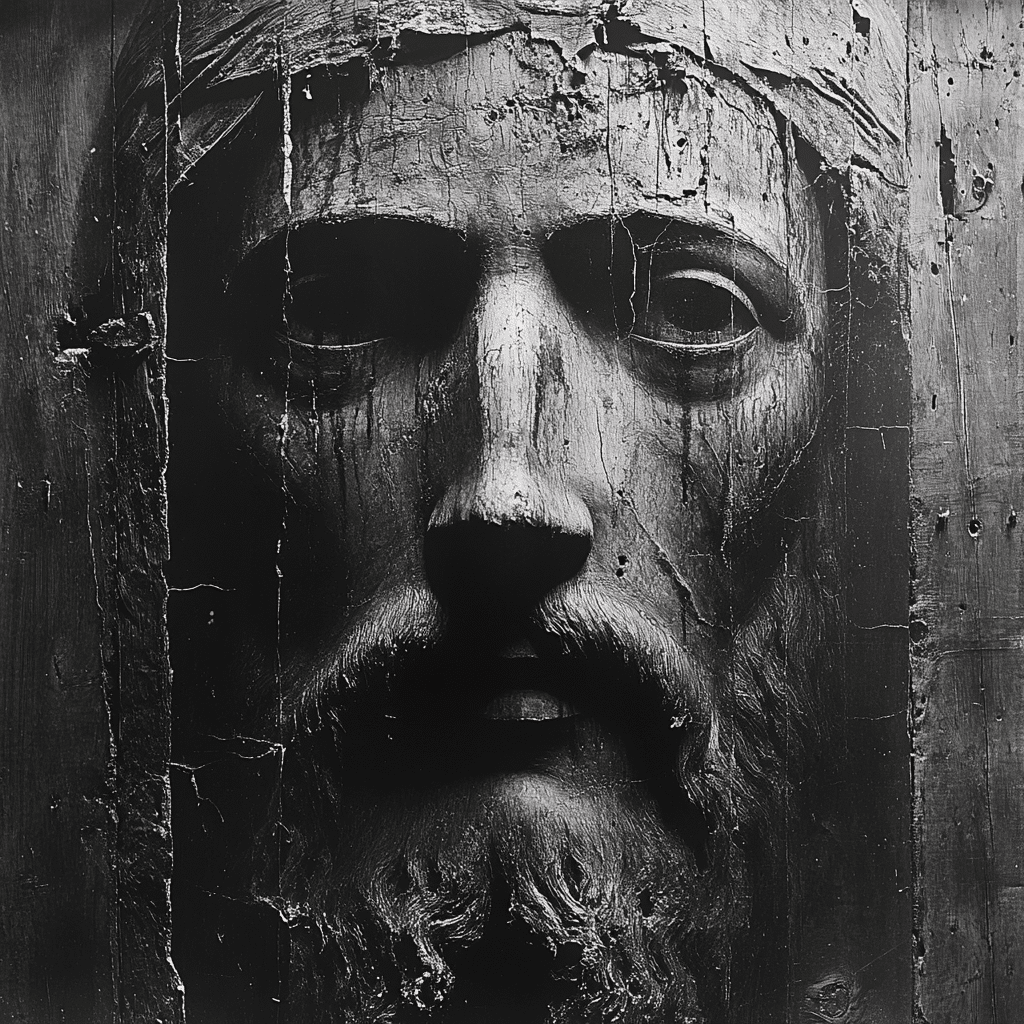
4. Skepticism and Belief: The Ongoing Debate
As we navigate the intricate tapestry of opinions surrounding the Shroud of Turin, we find ourselves entrenched in a rich dialogue between skeptics and believers. Critics, such as well-known skeptic Dr. Joe Nickell, maintain the narrative that the shroud is merely a medieval painting, arguing that the surface image lacks the authenticity proponents claim.
In contrast, advocates highlight the growing body of scientific evidence supporting the shroud’s potential origins as a genuine relic, unfolding narratives that showcase profound historical connections to Jesus. This ongoing tug-of-war isn’t just academic; it strikes at the heart of how individuals grapple with the concept of faith in light of modern science.
This divide illustrates the importance of continued dialogue and inquiry surrounding historical artifacts. As discussions and debates evolve, we find a richer understanding of our beliefs and histories that may prove crucial to connecting modern Christians to their roots while inviting skeptics to reconsider long-cherished assumptions.
5. The Shroud of Turin as a Modern Symbol of Faith
More than just a relic, the Shroud of Turin has transformed into a modern symbol of faith, bridging centuries of belief. Amidst contemporary challenges, the shroud resonates powerfully with individuals searching for meaning in a complex world. For many, the shroud embodies hope—a physical reminder of sacrifice, resurrection, and the enduring faith that shapes our existence.
Religious communities continue to find strength and inspiration in the shroud, fostering a sense of unity and renewal among believers. As religious leaders incorporate the shroud into discussions, its relevance swells, solidifying its stature as a focal point for spirituality in today’s world.
Through exhibitions and rediscovering its historical significance, the Shroud of Turin emerges as not just a relic of the past but a source of motivation—a reaffirmation of faith amid adversity.
Innovative Insights on the Shroud of Turin: Reassessing Its Legacy
As interest in the Shroud of Turin continues to surge, the ongoing investigations encourage a re-evaluation of its legacy. Advances in technology provide fresh insights, reinvigorating discussions that hold the potential to reshape our understanding of this ancient artifact. The quest to unravel its mysteries is akin to a gripping narrative, filled with twists and turns that never fail to captivate both skeptics and believers alike.
With each revelation—be it newly extracted DNA samples or advanced imaging techniques—the Shroud of Turin’s story grows richer, filling tradition with modernity as we navigate our collective curiosity. The question remains: what further discoveries lie ahead? The ongoing exploration of the shroud ensures its position as an enduring symbol of faith, inviting inquiry while seducing the imagination.
In today’s ever-changing landscape, the Shroud of Turin reminds us of our shared past, sparking vital discussions about belief and skepticism that bridge gaps across ideologies. What does the future hold for one of history’s most enigmatic relics? Only time—and our relentless pursuit of knowledge—will tell.
The Shroud of Turin: Fascination Through Time
The Shroud of Turin has captured imaginations for centuries, often seen as a symbol of faith and intrigue. Historians and scientists alike marvel at this linen cloth, believed to bear the image of Jesus Christ. What’s fascinating is how this relic stands at the crossroads of faith and science. A burning question for many is whether it truly is the burial shroud of Christ or simply a medieval artifact. Regardless, discussions on the shroud can sometimes feel more animated than your favorite funny Christmas Movies — an ideal way to bring history to life.
Examining the Facts Behind the Shroud
Diving deeper into the lore of the Shroud of Turin, we find evidence dating back to the early 14th century. Its journey from the East to Europe adds an element of mystery that’s hard to resist. Just like the buzz around the upcoming new Willy wonka movie, the shroud stirs curiosity and speculative stories. What’s interesting is that many scientific tests have been conducted, including radiocarbon dating, which initially suggested a date between 1260 and 1390 AD. However, debates about the reliability of such tests linger. For instance, recent thoughts suggest contamination could skew those findings, making it a thrilling puzzle for history buffs and skeptics alike.
Cultural Significance and Pop Culture References
Ready for a fun fact? The Shroud of Turin even inspired a variety of pop culture references! You might be surprised to learn how often it pops up in films, books, and even songs. Take, for instance, the catchy tune, “dance dance dance With My hands,” which alludes to themes of faith and resurrection reflecting on the shroud’s central place in Christian belief. Just like how actor Patrick Dempsey became known as Mcdreamy, the shroud stands as an iconic piece of history that continues to charm people — whether they’re devout or just curious.
By now, it’s clear that the Shroud of Turin is more than just a historical artifact; it’s a source of endless fascination and debate. While issues like the 30 yr mortgage rate or even political figures like Hillary might seem pressing, the mystery woven into the fabric of the shroud provides a captivating distraction from everyday life. Whether you’re a believer or a skeptic, the stories woven around this relic promise to inspire and incite conversation for ages to come.
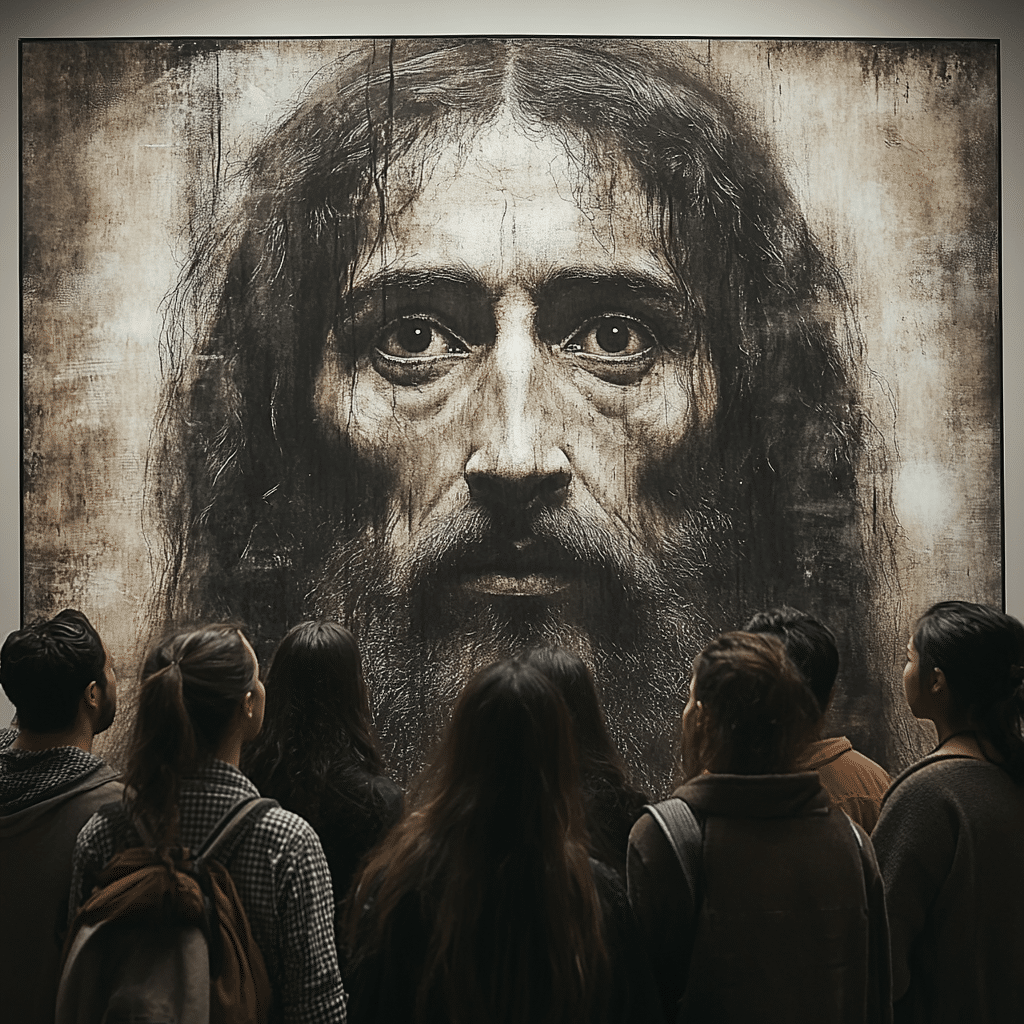
What DNA was found on the Shroud of Turin?
DNA extracted from dust particles from the Shroud of Turin has shown profiles that identify several plant species and distinct human mtDNA haplogroups, pointing to a rich historical context.
Is the Turin shroud real or fake?
While some studies suggest the Shroud may date back to the time of Christ, definitive conclusions about its authenticity as a relic remain unconfirmed, needing more testing.
How tall was Jesus according to the Shroud of Turin?
The Shroud imagery indicates that the figure appears to be about 6’1″ (185 cm) tall, but using it to precisely determine Jesus’ height has its challenges.
Why is the blood on the Shroud of Turin still red?
The blood on the Shroud has maintained a bright-red color due to exposure to ultraviolet rays, consistent with previous observations about its condition.
Was human blood found on the Shroud of Turin?
Yes, human blood has been found on the Shroud, which is identified as the rare AB blood type, adding to the intrigue surrounding the artifact.
Can Jesus DNA be traced?
Tracing Jesus’ DNA isn’t feasible as we don’t have any direct samples linked to Him, so science can’t confirm His genetic lineage.
Can science explain the Shroud of Turin?
Scientific efforts have provided insights into the Shroud and its age, but many aspects still spark debate, leaving room for interpretation and further exploration.
How tall was Jesus?
Determining Jesus’ exact height is tough, but estimates based on historical contexts suggest He was likely around average height for that era.
Was Jesus light or dark skinned?
While artistic depictions vary, historical accounts and skeletal analyses suggest Jesus likely had a complexion that was darker than typical European portrayals, more reflective of Middle Eastern ancestry.
What does the H stand for in Jesus?
The “H” in Jesus doesn’t specifically represent a meaning in this context, as it often appears in religious symbolism or shorthand but is not a standard abbreviation.
What is the evidence of the Shroud of Turin?
Evidence supporting the authenticity of the Shroud includes its unique image formation, blood stains that correspond with crucifixion wounds, and its historical journey that began in the 14th century.
How old was Jesus when he died?
Jesus is commonly believed to have died around the age of 33, based on religious texts and interpretations of his life.
Has DNA been found in the Shroud of Turin?
Yes, DNA has indeed been found on the Shroud, although its significance and implications are still subjects of ongoing research.
What blood type was found on the Shroud?
The blood type identified on the Shroud is AB, which adds a layer of interest to the discussions about its historical and religious significance.
What words were written on the Shroud of Turin?
What’s written on the Shroud isn’t entirely clear, but there are no widely accepted inscriptions; instead, the focus is on the image and blood found on it.
What blood type was found on the shroud?
No definitive DNA from the tomb of Jesus exists, as no credible samples have been linked directly to Him, leaving many questions unanswered.
What was the DNA in the tomb of Jesus?
Scientific evidence regarding the Shroud focuses largely on forensic analysis of the cloth, blood, and image characteristics, which remain topics of research and debate.
What is the scientific evidence of the Shroud of Turin?
The idea of Jesus being identified as a Druze isn’t supported by historical texts or evidence, as He was born into a Jewish family and followed Jewish customs.

